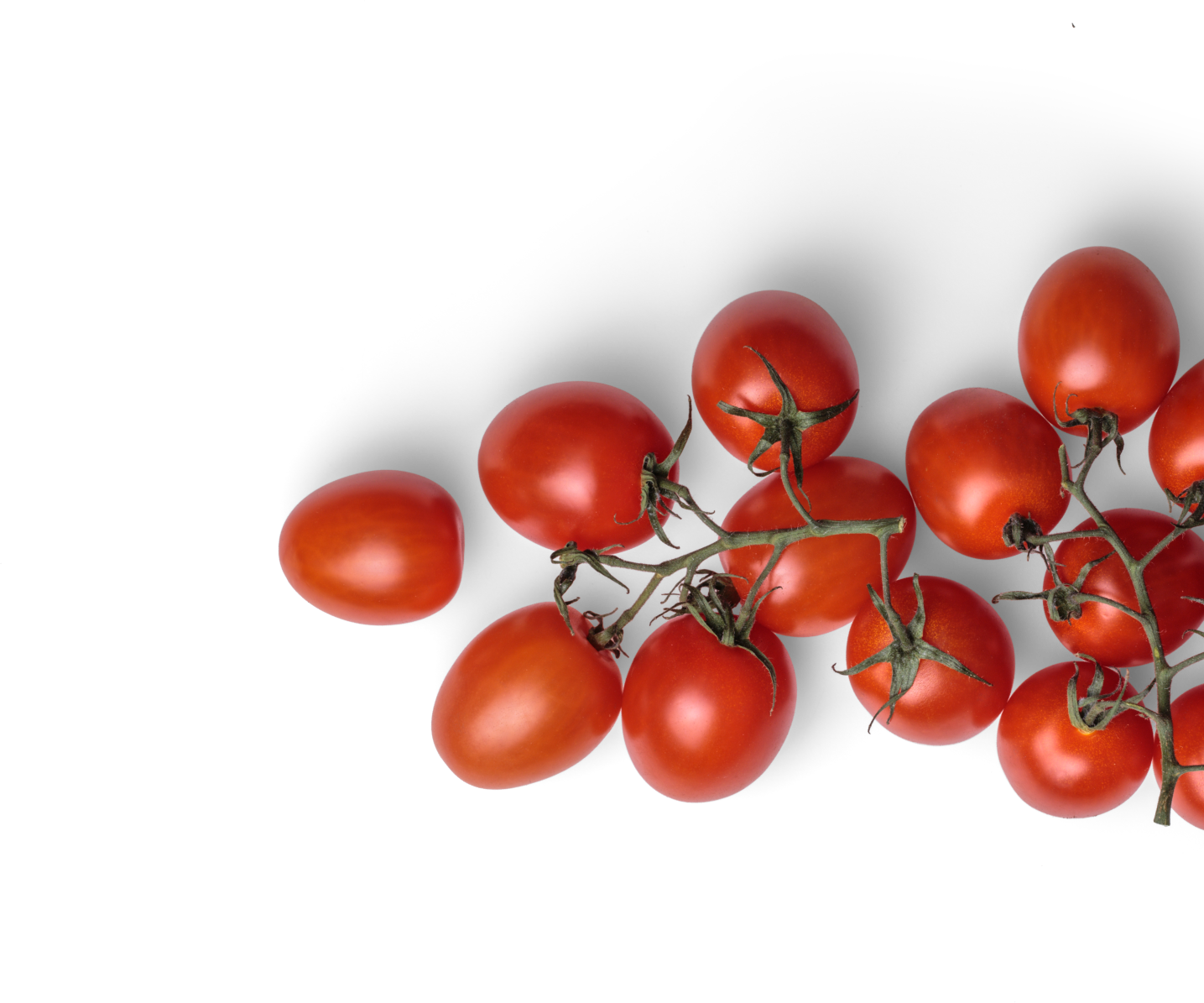A Fresh Season of Stonefruit: Insights from David Maris of Ekho Fresh our affiliate organisation
Each May we transition from sourcing stonefruit from the Southern Hemisphere (Chile and South Africa) to the Northern Hemisphere, focusing on Egypt, Spain, and Italy. This switch is sometimes seamless, but often there’s a gap of one to two weeks. Here are some insights from my recent travels and observations.
What Makes Stonefruit Special?
Stonefruit, like peaches, nectarines, apricots, and plums, thrive in temperate climates. These trees need a period of cold dormancy (measured in chill hours, 0-7°C) to bear fruit, meaning they flourish in regions with distinct seasons. There are three main types of stonefruit based on their chill hour needs:
-
Low Chill Varieties:
-
Thrive in warmer climates with minimal chill hours.
-
Primarily developed in the US for near-subtropical areas.
-
Regions like Florida, Morocco, and Egypt are ideal for early Northern Hemisphere harvests.
-
Medium to High Chill Varieties:
-
Require more chill hours, suited for regions with significant cold periods.
-
Spain and Italy are perfect examples, with varied production regions.
Highlights from My Visits
During my recent trips, I tasted some fantastic stonefruit. Standout varieties included the Borsalino apricot, known for its stunning look and sweet taste, and the Nerolis nectarine, a new sub-acid yellow flesh variety with a 9% Brix level and striking dark crimson skin.
Transitioning our stonefruit supply between hemispheres requires careful coordination to manage gaps and ensure top quality. Water availability and climate conditions are critical. Continuous improvements in farming practices are essential to meet market demands and overcome environmental challenges.
Spanish Stonefruit Production Regions
Spain’s stonefruit regions move from south to north, each suited to different chill requirements:
-
Huelva, Seville, and Murcia: Early regions with low to medium chill varieties.
-
Badajoz and Lleida: Later regions, with Lleida producing high chill varieties from low valleys to the Pyrenean foothills.
In Murcia and Seville, I observed different conditions impacting production:
-
Water Scarcity: Murcia faced a dry winter, and nearby Catalonia has seen severe drought for three years, with water reserves below 16%. This disparity was noticeable between neighbouring farms.
Some notable farms exhibited contrasting conditions based on water availability and other factors. One farm showed how varying water access can significantly impact production quality and yield. The focus on developing medium chill varieties with better drought tolerance and pest resistance, particularly for nectarines and flat peaches, continues to be a priority.
To manage risks, some farms have invested in large reservoirs. These reservoirs, filled by recent rains, ensure several years of irrigation, enabling long-awaited replanting programs.
Excellence in Spanish stonefruit cultivation is marked by meticulous practices, such as thinning trees for larger fruit and using single-layer trays during picking. State-of-the-art blast chill chambers ensure optimal freshness and extended shelf life.
Spain is experiencing an earlier season this year, with early-season fruit quality surpassing previous years. At the end of June, I’ll return to Spain to check on the middle and later parts of the season in Badajoz and Lleida.
For more information about our new stonefruit lines and to place your orders, please contact your representative. Let’s celebrate the Northern Hemisphere’s bounty and bring the taste of summer to your shelves!



